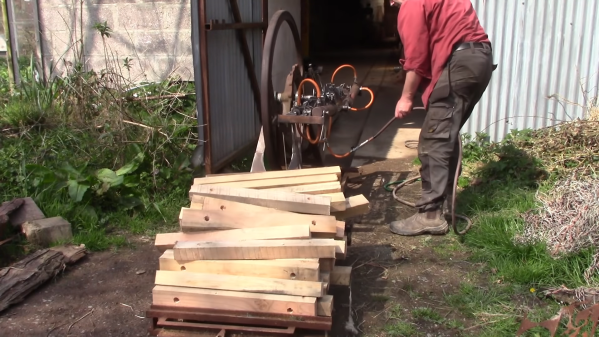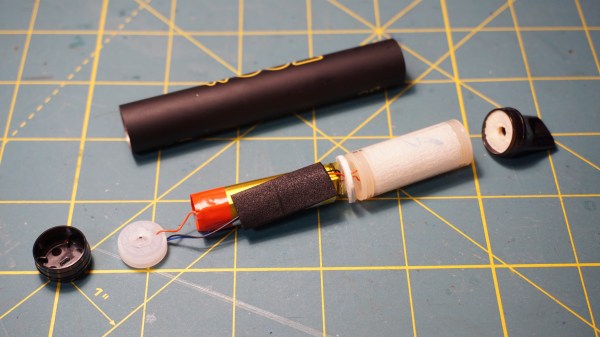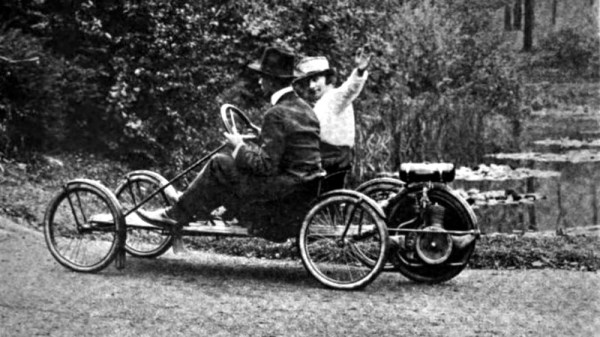When you’ve gone to the trouble of building your own backyard railway, chances are pretty good that at some point, you’re going to want to add a locomotive of some sort. After all, nobody wants to be stuck using muscle power to move carts around. But what exactly are you going to power your locomotive with? And will it be up to the tasks you envision it handling?
Answering such questions calls for rigorous calculations using established engineering principles — or, if you’re [Tim] from the Way Out West channel on YouTube, just throwing a pneumatic engine on wheels and seeing what happens. The railway that [Tim] built is for his farm in County Cork, where he plans to use it to haul wood that he’ll make charcoal from. We’ve seen a little about his rails and rolling stock before, which has been a low-budget and delightfully homebrewed undertaking. So too with his pneumatic engine, seen in the video below, which uses cam-operated valves to control a pair of repurposed hydraulic cylinders to turn a big flywheel.
Using scuba tanks, [Tim] was able to power the engine for a full fourteen minutes — very encouraging. But would the engine have the oomph needed for real farm work? To answer that, [Tim] plunked the engine on a spare bogie, connected the engine shaft to one of the axles with a length of rope, and let it go. Even with no optimization and zero mechanical advantage, the engine was easily able to move a heavy load of sleepers. The makeshift pneumatic railway even managed to carry its first passenger, [Tim]’s very trusting wife [Sandra].
There’s clearly more work to do here, and many problems to overcome. But we really appreciate the “just try it” approach [Tim] employed here, and with a lot of what he does.
Continue reading “Powering A Backyard Railway With Compressed Air”






















